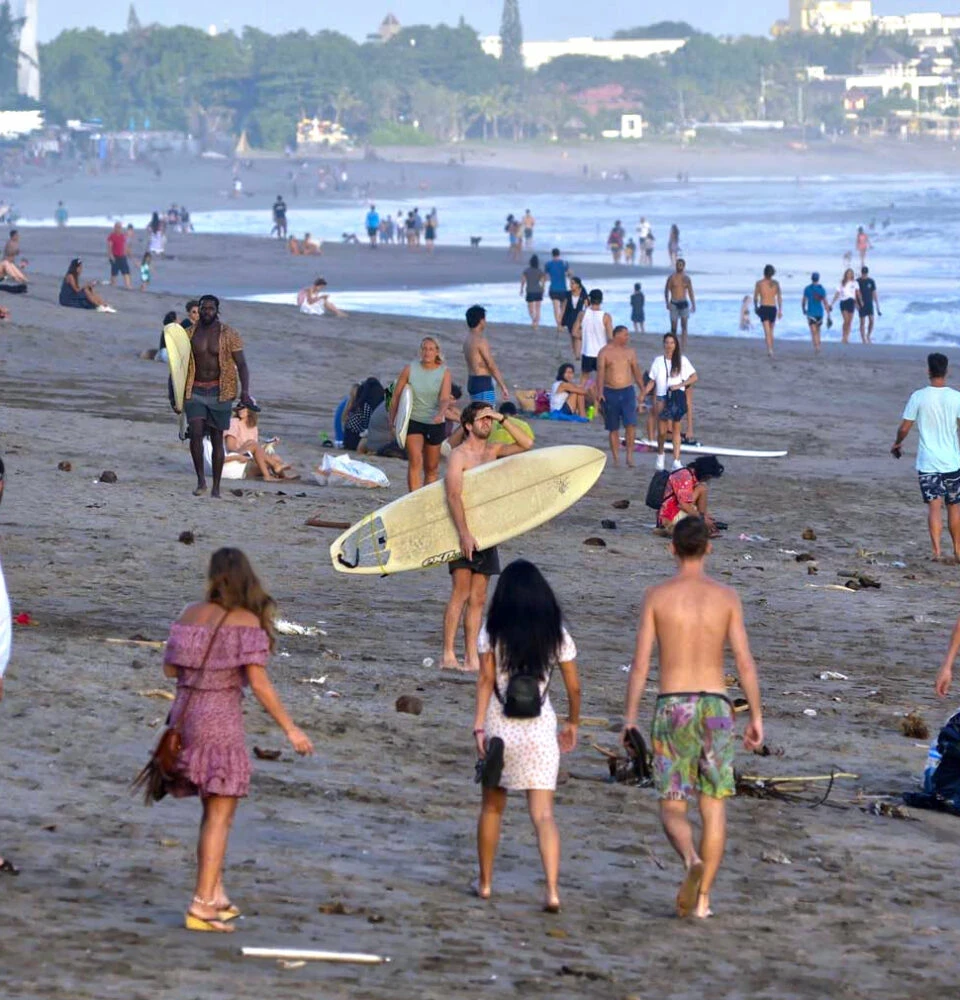Despite it being the middle of the low season in Bali, demand for the destination remains high. While arrivals typically drop after long school holidays, the data shows that Bali’s popularity continues to grow, and this year’s tourism goals are likely to be met.

The number of international visits to Indonesia across the country from January to September 2024 reached 10.37 million, a 20.28% increase compared to the same period in 2023. However, this is still below the pre-pandemic figure of 12.10 million in the same period of 2019.

Most international tourists were recorded at five airports: Ngurah Rai in Bali, Soekarno-Hatta in Jakarta, Batam in the Riau Islands, Juanda in Surabaya (East Java), and Kualanamu in Sumatra near Medan.
September 2024 was rich in events that drew international tourists to Aceh, North Sumatra, and Jakarta, including a Bruno Mars concert, a visit from Pope Francis, the Pestapora festival, the Indonesian Sustainable Development Forum, and the Indonesian International Book Fair.
September 2024 travel data shows the highest number of foreign visitors to Indonesia came from Malaysia, with a total of 234,000 people, followed by Australia with 159,000. Australians mainly head to Bali, while Malaysians visit other islands in the Indonesian archipelago.
Rounding out the top four are tourists from China with 114,000 and Singapore with 106,000. The fastest-growing group of travelers is from Africa, with the number of African passport holders traveling to Indonesia up by 31% in September 2024 compared to the same period in 2023.

Visitors from ASEAN countries also increased by 26% over the same period, while visitors from the USA decreased by 4.3%. The average length of stay has also increased, with international tourists from distant countries staying longer in Indonesia (an average of 7.43 nights). Southeast Asian tourists typically have shorter stays, averaging only 3.39 nights due to proximity and affordable flights, allowing for frequent weekend visits to Indonesia.

African tourists have the longest stay, averaging 14 nights. In Bali specifically, the total number of international visits in September 2024 was 593,909, slightly down from August, which remains the peak of the high season with 616,640 foreign tourists.
In September 2024, Australians made up 24% of all international arrivals in Bali province, followed by travelers from China, India, France, and Malaysia.
From January to September 2024, Bali recorded a total of 4,749,449 visits, surpassing the figures for 2023. Compared to the pre-pandemic period, there were 4.6 million visits from January to September in 2019, while in 2024, the same period saw an additional 100,000 tourists, reaching 4.7 million visits. By the end of the year, the total number of tourists visiting the island is expected to surpass pre-pandemic levels.
During the holiday season, Bali typically receives over a million foreign tourists, along with hundreds of thousands of domestic travelers. Increased availability of international flights has made Bali more accessible to travelers from around the globe. Air connectivity between South Korea and Bali has intensified, with new direct flights introduced.
Jeju Air now operates daily flights from Incheon to Bali, and it is expected that South Korean tourists will soon rank among the top five international arrivals in Bali. According to Ngurah Rai Airport management, the number of tourists arriving from South Korea in Bali has steadily increased, reaching 64.7 thousand in the first quarter of 2024, 66 thousand in the second quarter, and 89 thousand in the third quarter.


You can add one right now!